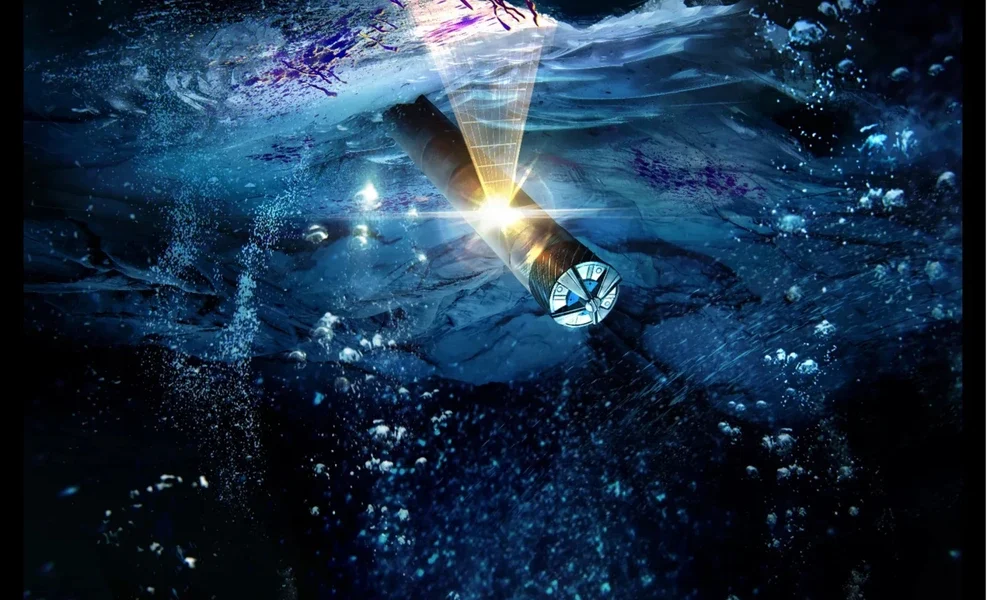nasa Outlines Plan to Deploy Burrowing ‘Cryobots’ on Icy Moons of Saturn and Jupiter
The subsurface oceans of the icy moons of Saturn and Jupiter remain our best bet for finding life elsewhere in the Solar System.
nasa is developing a roadmap for cryobots that could investigate these ocean worlds.
Exploring Ocean Worlds through Cryobots
nasa is building a roadmap for robots that could visit ocean worlds through future space Missions and crack the worlds’ thick, icy shells to explore subsurface seas in search of life.
Recently, the space agency revealed results from a nasa–sponsored workshop held in Feb. 2023 at which scientists and engineers gathered to discuss possible “cryobot” mission concepts.
Concept and Development
The idea is to crack through the icy exteriors of Solar System moons, like Jupiter’s moon Europa or Saturn’s moon Enceladus, and drop a probe within that can explore the underlying liquid ocean.
The cryobot concept explored is an alternative to simply drilling into a world and involves using a cylindrical device dispatched from a mother unit at the surface of an icy ocean world that can melt ice and therefore slip down as water flows around it and refreezes.
Importance of Ocean Worlds
Life as we know it is dependent on many key compounds, molecules, and elements, but arguably, none are as vital as water is. A fundamental building of life here on Earth, it is easy to see why water has become the focus for scientists aiming to Search for Life elsewhere in the Solar System.
And, while we have discovered that water is abundant in our stellar backyard (and even beyond), no discovery has been more tantalizing to astrobiologists than the realization that icy moons in our own Solar System harbor vast oceans of liquid water.
Roadmap for Cryobots
According to nasa, the Caltech workshop led to the identification of four key aspects that should inform the roadmap for the development of an alien-water-world-exploring robot: power, thermal capability, mobility, and communication.
The heart of an ocean world exploring cryobot would need a nuclear power system capable of providing heat that can melt through those many miles of ice — a system that’s estimated to need around 10 kiloWatts (kW) of Energy.
Technical Challenges
The futuristic cryobot wouldn’t just need protection from its Environment; it would also need to be protected from the heat it generates itself.
Those ice shells may also contain impurities such as rock and salt that a robot would need additional systems to penetrate. This could be done using mechanical cutting, by blasting those impurities with high-pressure jets of water, or even by using a combination of the two.
Communication System
The Other primary robot mission aspect discussed at the Caltech workshop was a communication system that would allow vital data to be ferried back from a deep-diving, sea-exploring probe to a mother hub unit sitting atop the ice of targeted ocean worlds.
On Earth, cryobots do this using fiber optic cables, but deploying these through ice on an alien world would require being certain that this ice doesn’t break the cable.
Conclusion
The overall outcome of the mission planning exercise was that there is a great deal of work to be done, but a cryobot mission to icy Solar System worlds is feasible.
This ultimately means that finding life on Other worlds is more plausible than ever before.
Source: space








No Comments